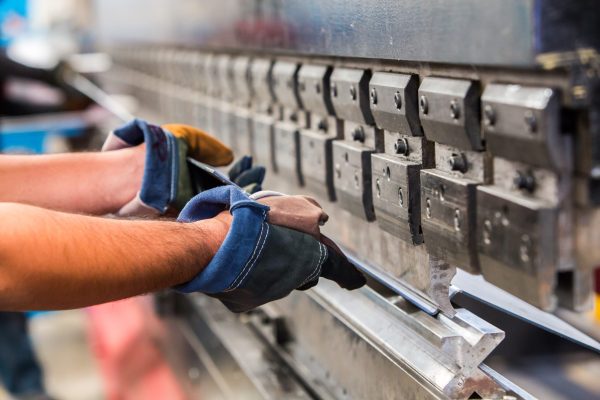Exploring the Processes of Metal Fabrication
Metal fabrication is a complex and essential process that involves shaping raw metal into useful products through various techniques and methods. Understanding the processes of metal fabrication is key to creating precise and durable metal components. In this article, we’ll explore the intricacies of metal fabrication and shed light on the three primary processes involved in transforming raw metal into functional and customized products.
- Cutting
The cutting process is the first step in metal fabrication. It involves separating the raw material into the desired shape and size. There are several cutting methods employed in metal fabrication, including shearing, sawing, and laser cutting. Each method is chosen based on factors such as material type, thickness, precision requirements, and production volume.
- Shaping
Once the metal has been cut to the desired dimensions, the next step is shaping. Shaping involves manipulating the metal to achieve the desired form or contour. Common shaping techniques in metal fabrication include bending, folding, rolling, and forming. Skilled fabricators use specialized tools such as press brakes, rollers, and hydraulic presses to shape the metal with precision.
- Joining
Joining is the final process in metal fabrication and involves connecting individual metal pieces to create a finished product. There are several joining methods available, depending on the specific application and material being used. Welding, soldering, brazing, and fastening techniques like riveting and bolting are commonly employed to securely join metal components together. The choice of joining method depends on factors such as joint strength requirements, appearance, and the type of metal being joined.
Metal fabrication encompasses a wide range of products and industries, including automotive, construction, aerospace, and manufacturing. From simple brackets to complex machinery, the processes of metal fabrication are essential for creating functional and durable metal components that meet specific design and performance requirements.
Metal fabricators play a crucial role in bringing designs to life. Their expertise and attention to detail ensure that the finished products meet the highest standards of quality and precision. With advancements in technology, such as computer-aided design (CAD) and computer-aided manufacturing (CAM), metal fabrication has become even more efficient and accurate, allowing for intricate and complex designs to be realized.
In conclusion, mastering the art of metal fabrication requires a deep understanding of the cutting, shaping, and joining processes. Each step contributes to the creation of customized metal components that meet the unique requirements of various industries. By combining technical expertise with creativity, metal fabricators transform raw materials into functional and aesthetically pleasing products. Whether it’s a small part or a large structure, the processes of metal fabrication play a vital role in shaping our modern world.
For more information go to https://crescocustommetals.com/


